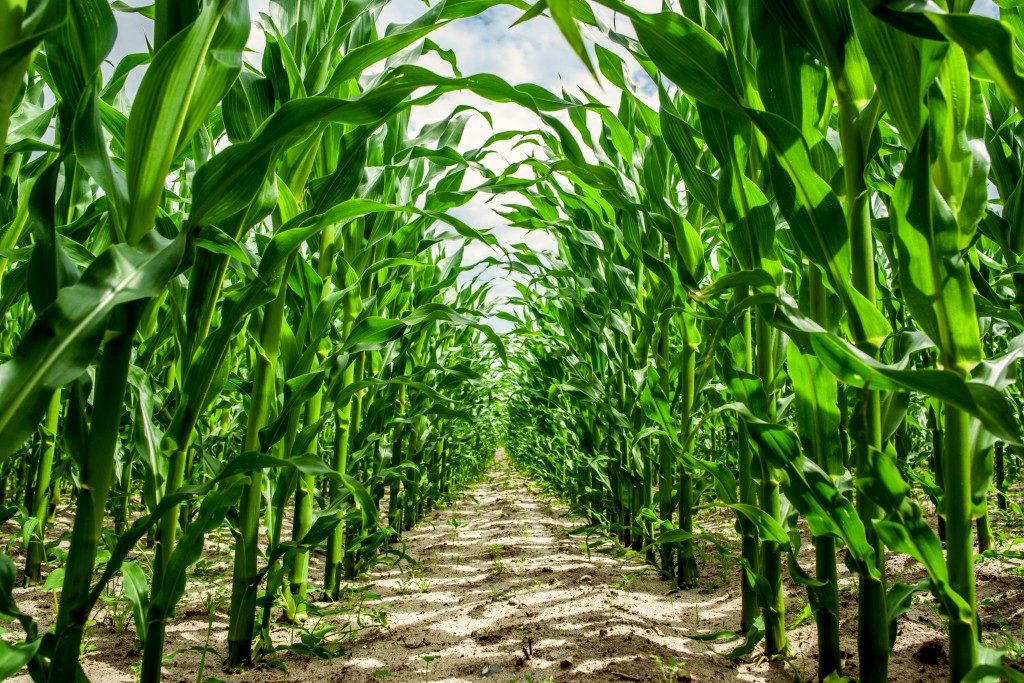As the harvesting season begins, you are faced with the question: “How am I going to make the most out of my harvest?” After a season of planting and tending to your crops, you want to get the most from your efforts.
Your fresh produce won’t stay that way for long. You’ll hopefully sell most of it but there should be some left over. Here are some popular methods of preserving your harvest so that you can enjoy it even in the off-season.
Fresh Storage
With the right conditions, crops can last a long time in storage, with no processing required. Produce like carrots, garlic, onions and potatoes can last up to one year.
Three factors contribute to successful crop storage. First is the removal of rotten produce, as one rotten fruit or vegetable can ruin the entire batch. The second factor is proper storage. You can place your produce in megabins, but wooden crates and shallow boxes will work just as well. Lastly, storing the crops in a dry, well-ventilated area will prevent them from rotting.
Freezing
Freezing is a quick and easy way to store your harvest, and it’s capable of preserving fruits and vegetables for months. But don’t just toss your crops into the freezer. Vegetables need to be blanched before they’re frozen to kill bacteria. With fruit, there is a range of different preparations ranging from blanching to giving them a simple wash.
Freeze your produce in manageable quantities so that they can easily be defrosted. Also, place them in a sealed freezer bag or plastic container to make sure they don’t undergo freezer burn.
Drying
The oldest preservation method around, drying involves removing a food’s water content inhibiting bacterial growth. Some crops you can dry include herbs like rosemary and thyme, as well as fruits like berries, grapes and tomatoes.
The most natural way to dry your crops is by placing them under the heat of the sun. You can also choose to place them in an oven. Electric dehydrators are also available to dry most fruits and vegetables in a controlled temperature. Keep in mind that drying times vary according to food.
Fermenting
Fermentation is a preservation technique used mostly for cabbage, from which both sauerkraut and kimchi are made. You can also ferment other vegetables like asparagus and zucchini. This preservation method encourages the growth of probiotic bacteria, which treats and prevents diseases like diarrhoea and urinary tract infections.
You can ferment your vegetables by filling up a mason jar or a fermentation crock. Then, fill the rest of the jar or crock with a solution that usually includes salt and filtered water. Seal these jars tightly, and then leave them on a counter.
Canning

While fermenting invites beneficial bacteria, canning seals out all forms of bacteria and preserves your food in the same form as it was when you stored it. Almost all fruits and vegetables are fit for canning, though the canning methods differ. Water bath canning is best for fruits, while pressure canning is suitable for vegetables.
The key to success is to start the canning process as soon as the crops are harvested. Wash produce thoroughly and make sure that all work surfaces are clean. Also, look for canning recipes that will help you get started, no matter what your experience with the preservation technique may be.
It’s a wonderful feeling to be rewarded with an abundance of crops during the harvest season. With methods like canning, drying and fermenting, you can be sure that your hard-earned harvest doesn’t go to waste.

